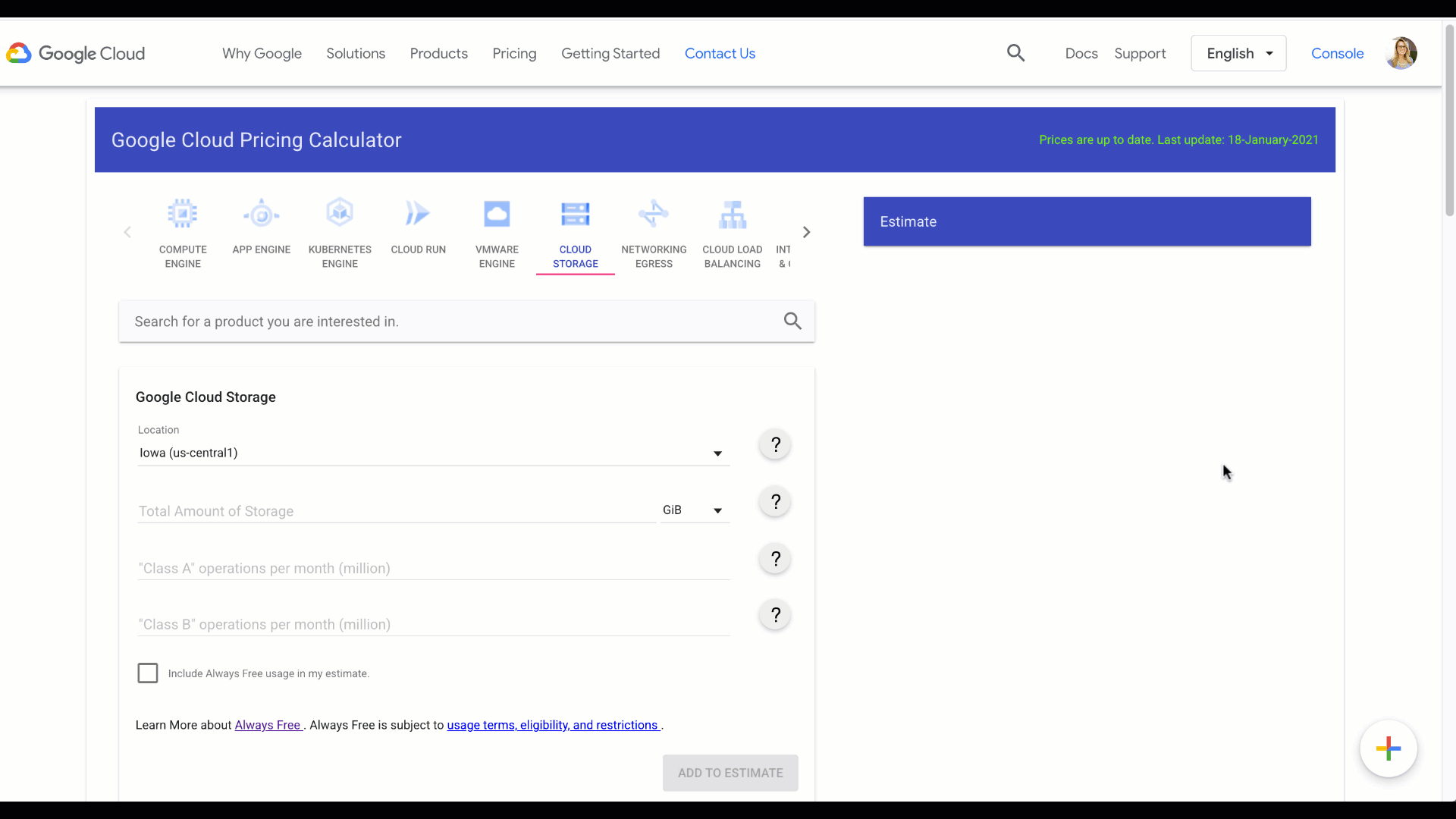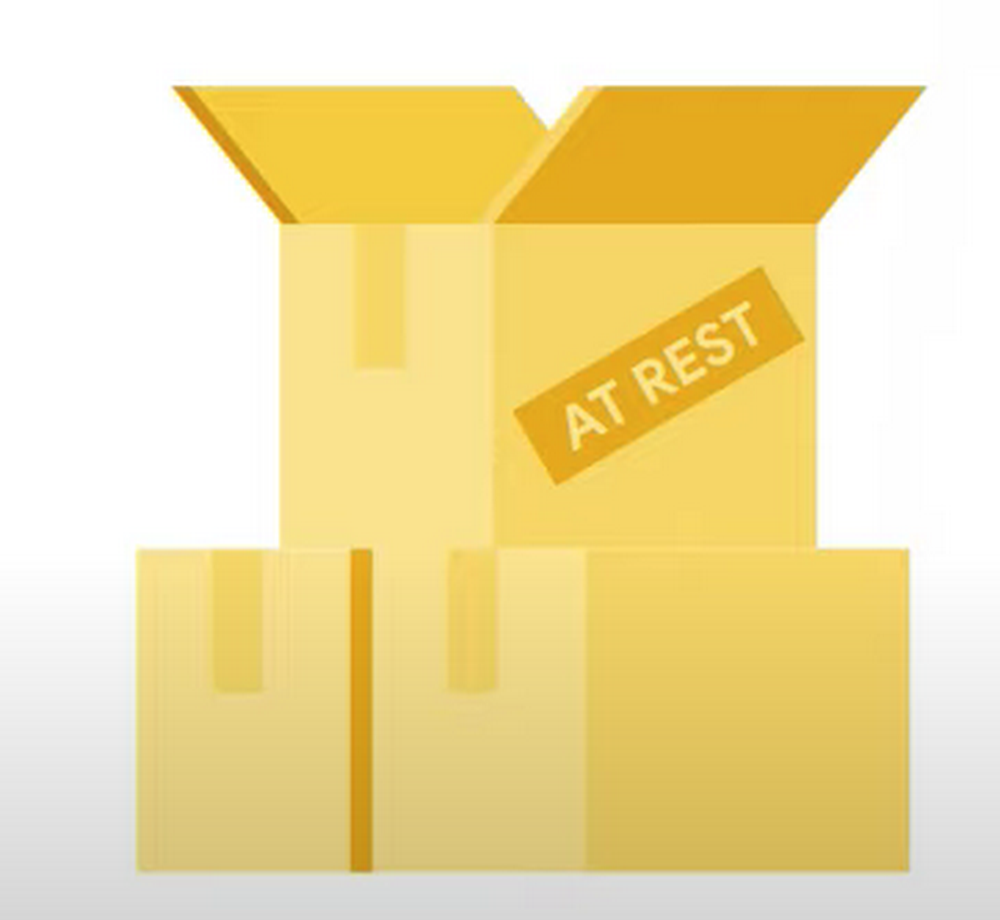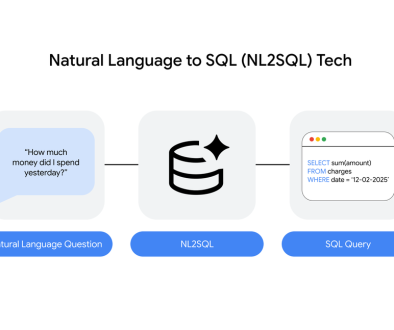GCP – Check, please! Billing in Cloud Storage
If you’d rather listen to this as a podcast, check out Google Cloud Reader.
So far, we’ve talked a lot about how to use Cloud Storage—from managing data to optimizing performance, uploading, downloading, and buckets. But there’s one important topic that we haven’t talked about: the price tag.
Analogy time! I’ve found that having a grocery list keeps me from overspending at the store (even if I’m shopping on an empty stomach) and this kind of budget planning comes in handy for Cloud Storage, too. Instead of snack specifics, you’ll need other information, but the same principles apply: As a general rule, it’s a good idea to predict and track your data usage so you can anticipate your monthly costs. Details in the documentation, and below.
Let’s get to it.
Pricing overview
To start, it’s good to understand how pricing is broken down. For Cloud Storage, pricing is a compilation of four components:
Data Storage refers to the amount of data stored in your buckets, and the rates vary depending on the storage class of your data, and location of your buckets.
Network Usage is the amount of data read from or moved between your buckets.
Operations Usage are the actions you take in Cloud Storage, like listing the objects in your buckets, for example.
Retrieval and Early Deletion fees are only applicable for data stored in the less-frequently accessed storage Classes: Nearline, Coldline, and Archive.
Each of these components has its own pricing tables that show cost based on factors such as region and operation type, which means that each company’s total cost is going to be based upon its specific requirements.
So as much as I’d like to tell you exactly what your bottom line will be in this blog post, I can’t. But let’s focus on what we *can* accomplish in this post, and that’s a high level overview of the various costs and tools you can use to manage them!
Pricing calculator
Allow me to be the first to introduce you to your budgeting best friend, the Google Cloud pricing calculator! I’ll walk you through the different sections so you’re ready to go when the time comes to enter your own information.

Data storage
Data storage costs apply to the at-rest storing of your data in Cloud Storage. For a quick refresher, “at rest” means that the data is physically on the disk itself, and not somewhere in transit throughout the network, or only temporarily housed there. For another quick refresher, we’ve got 4 types of storage class: Standard, Nearline, Coldline, and Archive.

Standard Storage is appropriate for storing data that is frequently accessed, such as serving website content, interactive workloads, or data supporting mobile and gaming applications. For standard storage, the monthly cost is the only cost you need to plan for.
However, for the other three storage types, you’ll want to consider the minimum storage duration of that data, as well as any retrieval costs.
For example, Coldline Storage has a minimum storage duration of 90 days, and a retrieval cost of, say, two pennies. So the cheaper monthly cost is completely worth it if you only want to access this data twice a year.
If you find yourself accessing or updating the data every week, you’ll end up spending more money than if you had selected Standard Storage to begin with. So that’s something to consider when setting things up.
Network costs
When discussing network costs, we need to distinguish between egress and ingress:
- Egress represents data sent from Cloud Storage, like when reading data.
- Ingress represents data sent to Cloud Storage, like when writing data.
Important note: Network ingress is always free.
For network egress, there are three categories to consider:
First, when that network egress is moving or copying data to other Cloud Storage buckets, or when other Google Cloud services access that data. This is considered “network egress within Google Cloud” and is free within regions, such as reading data in a US-EAST1 bucket into a US BigQuery dataset. Pricing then applies for egress between regions or across continents.
Second, there’s “specialty network services,” which is when you use certain Google Cloud network products—such as Cloud CDN or Cloud Interconnect—egress pricing is based on their pricing tables.
All other egress is considered to be “general network usage” and is billed based upon which continent the data is traveling to.
Operations usage
An operation is an action that makes changes to, or retrieves information about buckets and objects in Cloud Storage. Operations are divided into three categories: Class A, Class B, and free. For a full list of the operations that fall into each class, check the documentation.
As a brief overview:
Class A includes creating storage buckets and objects.
Class B includes retrieving storage objects.
Free operations are primarily deletions.
Early retrieval and deletion fees
Because Nearline Storage, Coldline Storage, and Archive Storage are intended for storing infrequently accessed data, there are additional costs associated with retrieval, and minimum storage durations. But more about that in the documentation.
Closing out!
Stay tuned for more posts on making the most of Cloud Storage.
Learn more about your storage options in Cloud Storage Bytes. If you want to know more about pricing, check out the documentation for the most up to date information for your particular use case, more examples, and tutorials.
Read More for the details.



